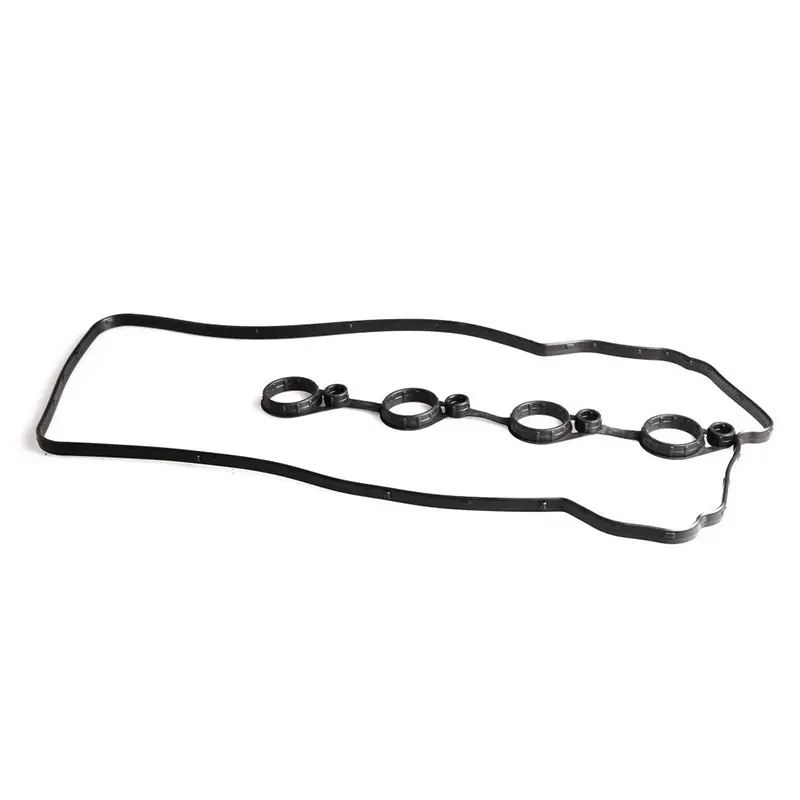8 月 . 29, 2024 03:41 Back to list
High-Quality Oil Seal Materials for Enhanced Durability
Understanding Oil Seal Materials Key Factors and Considerations
Oil seals play a crucial role in various mechanical systems, particularly in automotive and industrial applications, by preventing the leakage of lubricants and keeping contaminants out. The effectiveness and durability of these seals largely depend on the materials used in their construction. In this article, we will explore common materials used for oil seals, their properties, and factors influencing their selection.
Common Materials for Oil Seals
1. Nitrile Rubber (NBR) Nitrile rubber, or Buna-N, is one of the most widely used materials for oil seals. It offers excellent resistance to petroleum-based oils, fuels, and hydraulic fluids. NBR seals are characterized by their good tensile strength, flexibility, and aging resistance, making them suitable for a variety of temperatures, typically ranging from -40°C to +100°C. However, NBR can degrade when exposed to high temperatures or certain chemicals, such as strong oxidizers.
2. Fluorocarbon Rubber (FKM) Fluorocarbon rubber, commonly referred to as Viton, is another popular material for oil seals, especially in applications requiring high temperature and chemical resistance. FKM can withstand temperatures up to 200°C and is compatible with a wide range of fluids, including fuels and oils with high aromatic content. Its superior performance in harsh environments makes it ideal for aerospace and automotive applications.
3. Silicone Rubber Silicone rubber is known for its excellent heat resistance and flexibility, making it suitable for extreme temperature applications (from -60°C to +200°C). While it may not be as resistant to certain oils and fuels as NBR or FKM, it is often used in oil seals for specialized applications where extreme temperatures are a concern.
4. Polyurethane Polyurethane seals offer good wear resistance and can withstand a variety of fluids. They are incredibly versatile and can maintain their shape and effectiveness over a broad temperature range. This material is often chosen for applications where durability and abrasion resistance are critical.
Factors Influencing Material Selection
oil seal material

When choosing the appropriate material for oil seals, several factors must be considered
- Fluid Compatibility It’s essential to match the seal material with the type of oil or lubricating fluid it will encounter. Certain materials may degrade quickly when exposed to specific chemicals or temperatures, compromising seal integrity.
- Temperature Range The operating temperature significantly affects seal performance. Choose a material that can withstand the maximum and minimum temperatures of your application without losing flexibility or becoming brittle.
- Mechanical Load Oil seals must withstand pressures and mechanical stress during operation. Understanding the load conditions helps in selecting materials with the required tensile and compressive strength.
- Environmental Conditions Seals may encounter various conditions, including exposure to dirt, UV light, or ozone. Materials with resistance to these elements will ensure longer service life.
Conclusion
Understanding the different materials used in manufacturing oil seals is vital for choosing the right seal for specific applications. By considering factors like fluid compatibility, temperature range, mechanical load, and environmental conditions, professionals can make informed decisions that enhance the performance and longevity of their machinery, ultimately leading to reduced maintenance costs and improved reliability.